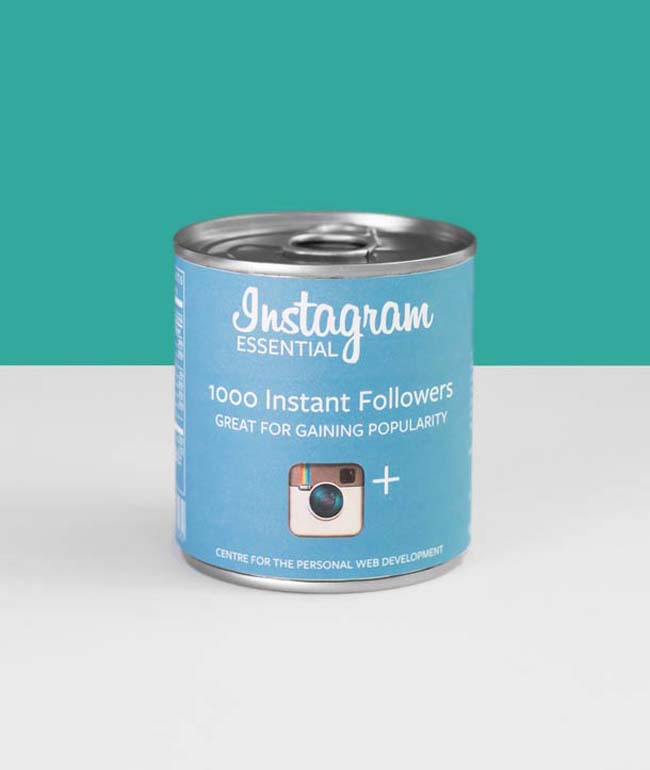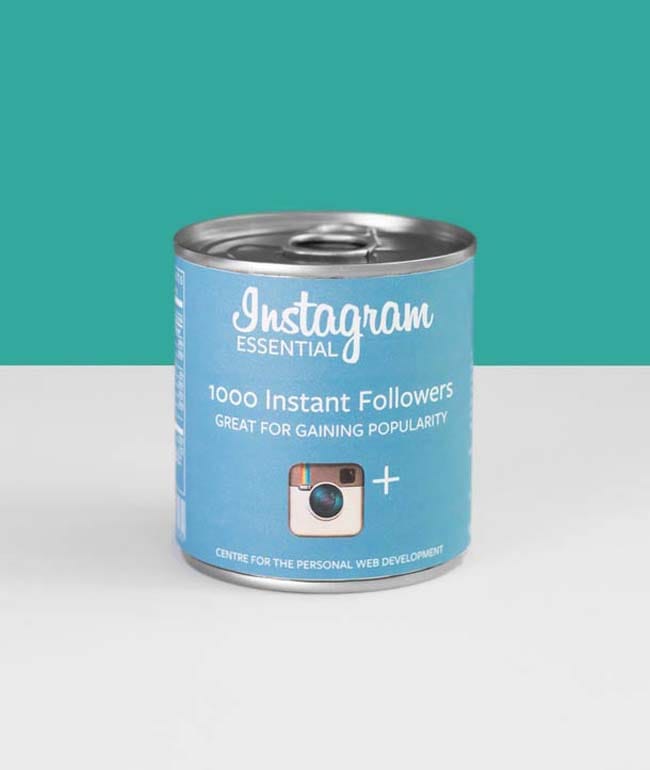Author and critic Will Wiles spins the tombola of pop-cultural zeitgeist in order to see what happens when the graphic design canon meets the online attention racket.

More than a decade ago, I used to go to a bar called Asylum in Fitzrovia, central London, to listen to music. A friend and I had become fans of a particular DJ night called bAsTaRd, which specialised in what were then called sometimes called “boots”, for “bootlegs”. It's easy to see why this name didn't stick, and the other name did: “mashups” much better evokes the technique on display, mashing one song into another to create something else. Missy Elliott's Get Ur Freak On to the tune of Nirvana's Smells Like Teen Spirit, or the Beach Boys' God Only Knows sung to Michael Jackson's Billie Jean. Those may sound like unlikely pairings, ridiculous even – bAsTaRd had the regular effect, unusual in a DJ night, of making you laugh – but it worked more than anyone might reasonably expect. The surprise as you unpicked the components of what you were listening to, the pleasure of recognition and the more intense delight of hearing something familiar cast in a completely fresh way – it was joyous stuff. The sheer inventiveness of the night, based in making, sharing and enjoying, was a marvel.

